
Preparing for Winter – Adaption or Bust!
Some winters in the Yukon can be severe, and other years, they can be mild. Weather patterns are fickle and may change day by day. As the winter season may last for up to nearly six months, animals in the wild have several preparations to perform before they are ready to withstand the cold temperatures and make a living in the snow and ice-covered environments they depend on for food.
Some animals migrate south to warmer climes as they do not have the physical attributes like dense fur or feathers to shield them from the cold. Others migrate because the foods they depend on are not available here during the winter season.
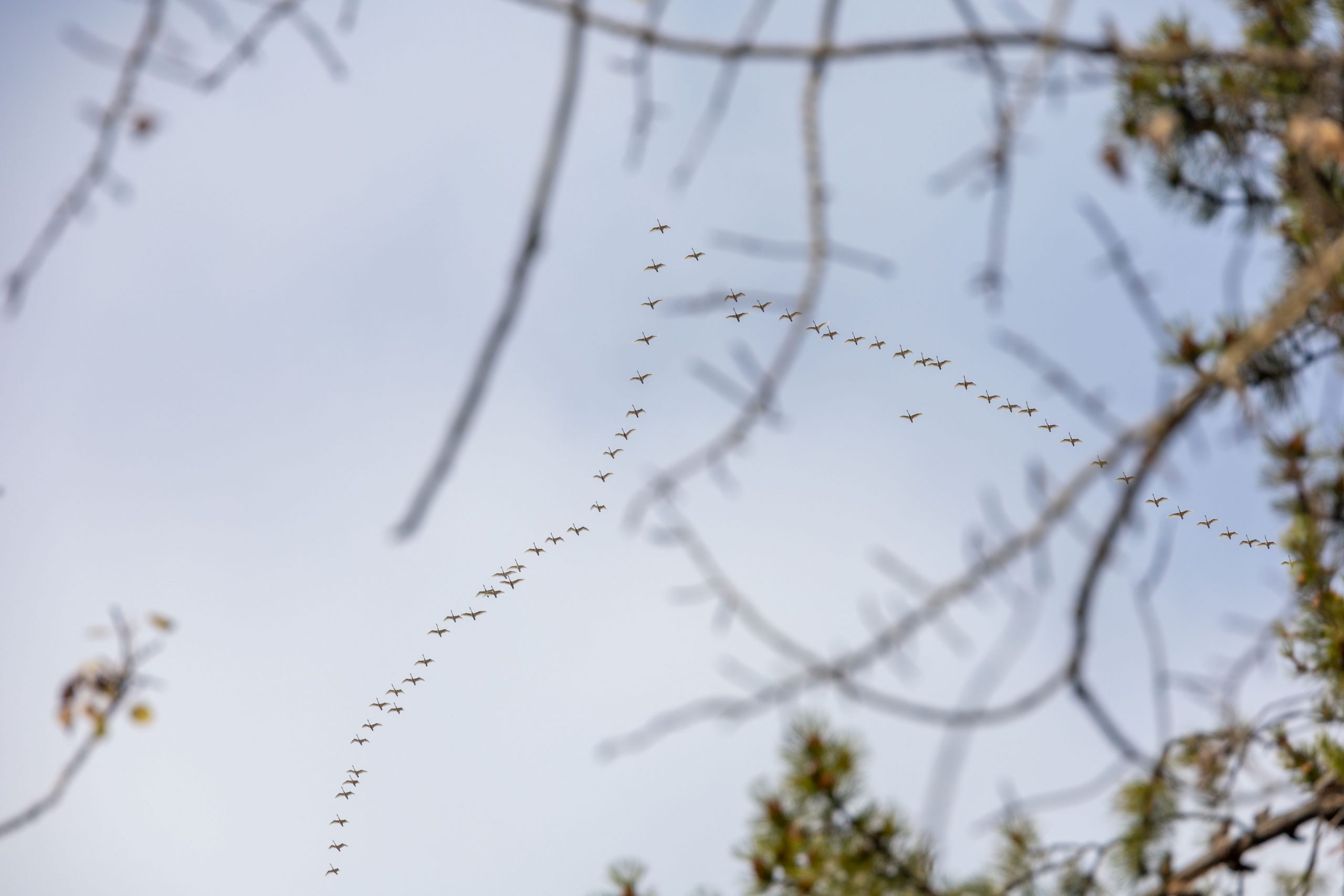
Swans are seen in fall 2021 overhead the Wildlife Preserve on their migration south. Photo Credit: J.Paleczny.
The animals that remain here over the winter adapt by growing thicker coats of fur, hair or feathers to keep them warm, they also eat more to add to the fat layer under their hides which will act as both an insulator and an energy battery. Still some other animals hibernate under the ground or in other natural shelters where they will spend the winter season in a deep sleep or ’torpor’ when they do not wake up to eat or perform other activities, they may however become somewhat active in the short -term if warm weather causes meltwater to flow into their resting place or similar disturbances rouse them.
Hibernation is a physical state where an animal’s body function slows down in order to conserve energy through a seasonal period of no food and water. This slower body function is characterized by a decrease in body temperature and reduced respiration or breathing. The animal will generally curl up into a tight ball to help keep warm as their body temperature drops, and respiration and heart rate slow down. These actions reduce the amount of energy the animal must expend to stay alive so it’s able to live off fat reserves it has developed instead of constantly having to seek out fresh food.
Some species like bears give birth in their dens in the latter part of their hibernation, whereby the mother’s nursing of the offspring will further reduce her energy reserves.
Arctic Ground Squirrels, or common gophers are typically the first species to begin hibernation and have the most extended sleep of any hibernating mammal. They begin their hibernation usually around the middle to end of September, however if weather conditions are extreme, they may hibernate as early as August. The females normally go underground first followed by the males a few weeks later. Ground Squirrels gather edible plants, seeds, rose hips, berries and other green vegetation and cache this food away for later use. They do not wake up from their hibernation to eat, but rather they store this food for the early spring season when they emerge from their hibernation dens, usually in late April or early May. A time when there may still be a meter of snow on the ground and long before new fresh vegetation begins to grow. The foods they cache in the fall will sustain them in the spring until new vegetation becomes available once again.
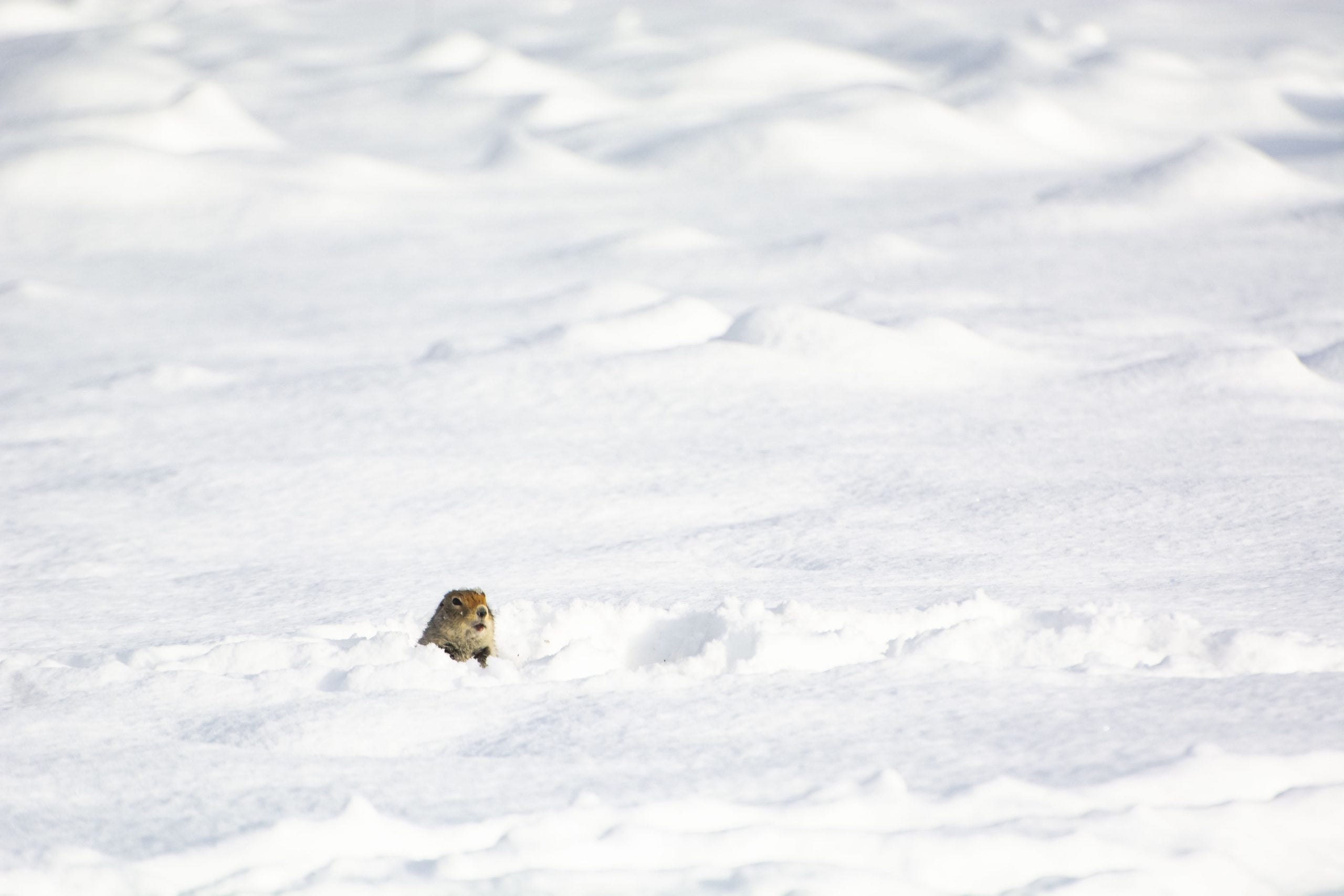
A ground squirrel emerges from hibernation to find several inches of snow still on the ground. Back to bed!
Photo credit: L.Caskenette
While we’re on the topic of food, many animal species spend the latter part of the summer and autumn season gorging on food to add to their fat reserves. It is called hyperphagia which means overeating. Having an abundance of fat helps the animals to endure hibernation better. Even those creatures that do not hibernate will often eat more to add to their fat reserves, and some others cache away food for consumption over the winter months.

Arctic Ground Squirrel gathering dried grasses. Some animals, such as rodents, gather food when it is in abundance and store it for their needs over the winter, or early spring, months.
Chickadees and some other bird species will gather and hide food in the summer season and come back later in the year to consume it. Same too for red squirrels that gather pinecones and mushrooms and store these in abundance to help them survive a cold frosty winter.
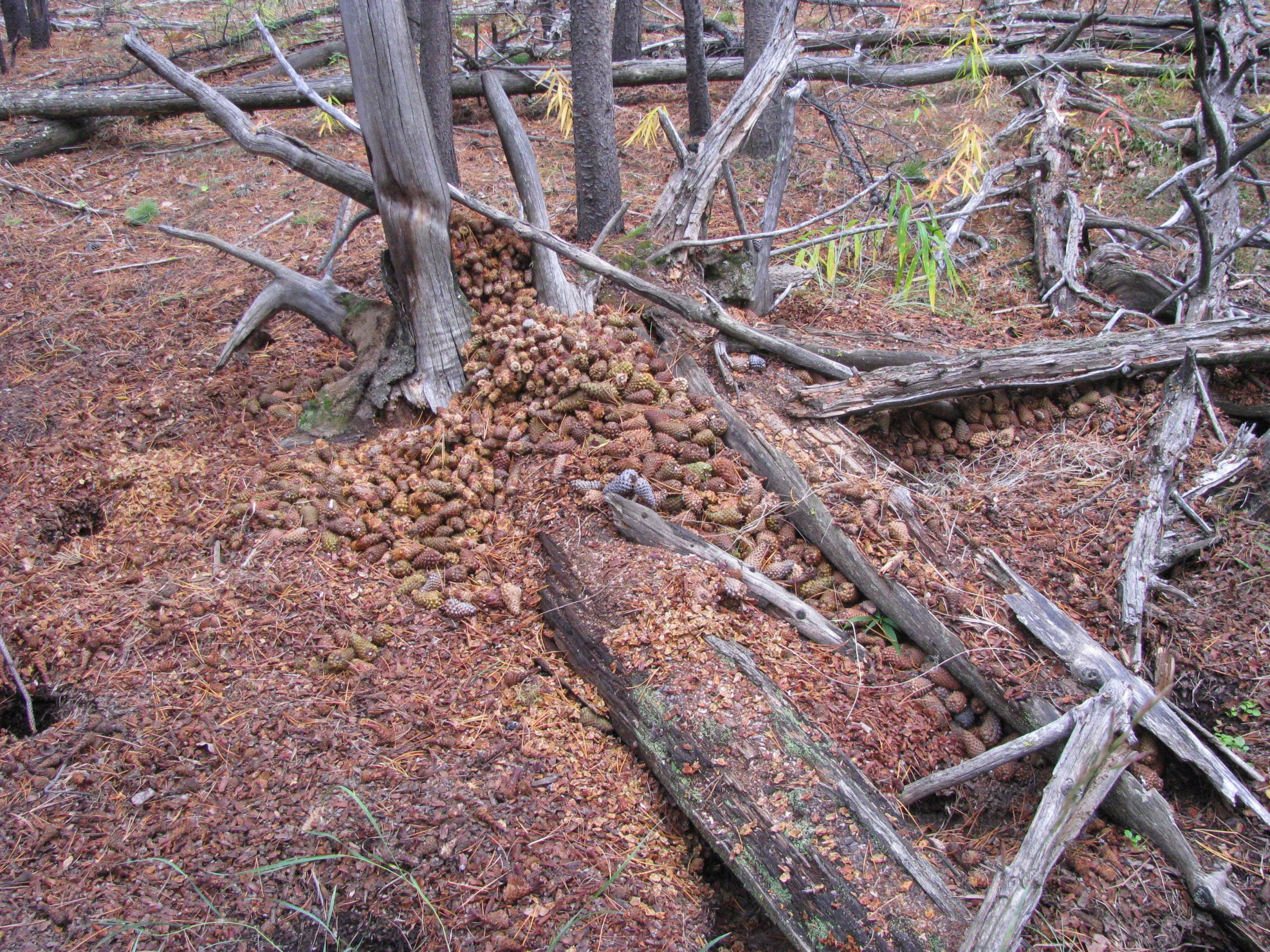
Pine cone cache.
Photo credit: D.Caldwell.
However, some creatures like the Wood Frog employ a different hibernation strategy to get through the winter season. These frogs have adapted to cold climates by freezing their entire bodies over the winter. After eating until they are stuffed, they crawl a few inches under the mud of still-water lakes and ponds where they stop breathing and their hearts stop beating and they freeze rock solid. Their bodies produce a special antifreeze substance that prevents ice from freezing within their cells, which would be deadly. Ice does form, however, in the spaces between the cells. When the weather warms in the spring, the frogs thaw and begin feeding and mating again, often beginning their mating season as soon as the ice starts to melt off the lakes and ponds.
Left to right: Wood Frog illustration; Nature Camp kids partake in dipnetting, exploring what’s in the water ecosystem; a tadpole.
Many species like moose, caribou and mountain sheep concluded their breeding cycles in the autumn months meaning the females will be carrying developing fetuses over the winter season. Nutritional consumption over the winter will influence the health of the offspring when born in the spring. Also, threats from predators and other sources may influence the health of the mothers if they become overly stressed which may in turn have some effect on how robust the offspring are in their early weeks of life.
Left to right: moose in snowy winter, post rut; look for the female moose among the Yukon scene; a caribou cow and calf in the spring – the grass isnt’t green yet!
Photo credit: L.Caskenette & J.Paleczny
Some species like Thinhorn Sheep gather in communal groups over the winter for the safety of the herd. After mating in late November and early December the males and females go their separate ways with the females and last year`s offspring often gathered together in groups on a south-facing hillside.
Thinhorn sheep congregate.
Photo Credit: J.Paleczny.
A south facing hill will typically produce better grazing due to the amount of sunlight received before the snow fell; and animals can benefit from a south facing location when the sun is at its lowest on the horizon during the winter weeks. Solstice, being on Dec. 21st, will only produce direct sunlight for a few limited hours. These few hours may provide warming from the sun`s radiation which is welcomed by most warm-blooded creatures.
Thinhorn sheep congregate on a snowy, but south-facing slope.
Photo Credit: J.Paleczny.
Looking at a grassland pasture in the winter season, many are not aware of the vast community of animals that live under the snow cover. The temperature under the snow`s crust is often some degrees warmer than the exposed air above the surface. There are networks of tunnels and middens – nests made from long grasses, moss and similar vegetation.
Vole tunels in the snow.
Photo curteousy of and credit
The networks made by these inhabitants allow them to seek new food resources, find mating partners and provides safety from predators such as the Short-tailed Weasel who hunts Red-backed Voles for both food and they strip the fur off the vole to insulate their dens.
Short tailed weasel with Vole.
Photo credit: D. Caldwell
Many visitors ask why we leave the antler sheds on the ground where they fall off the animal. These antlers are important resources for the many rodents and other species that live beneath the snow and grasses. Antlers are rich in calcium and other nutrients that help the smaller creatures to endure the winter when nutrition is more difficult to acquire. Nature wastes nothing!
Left to right: a say’s phoebe lands on an antler shed; elk in the foreground of a recent antler shed.
Photo credit: J.Paleczny
Winter also creates challenges to carnivores like foxes, weasels and lynx. Consider, one of their summer food items are migratory songbirds which have migrated south in late August. As noted above, ground squirrels – a primary summer food for carnivores – will begin hibernating in August or September which leaves these small predators a primary diet of mice and similar rodents to eat for the next six months. Rabbits and grouse are also available in limited quantities, and these carnivores may receive a special treat in cleaning up the carcass of an animal killed by larger predators. A fox will cover long distances each day and night in search of foods that may be available with some thought and cunning nature.
A cross fox searches for food.
Photo credit: J.Paleczny
Animals have adapted and evolved to thrive in this northern environment with such dramatic seasonal variations and climatic extremes. Equipped with a suite of skills, instincts, habits and abilities that these creatures have developed over the centuries, they will continue to endure Nature`s winter survival extremes.

Doug Caldwell
Wildlife Interpreter
Doug is one of the Interpretive Wildlife Guides here at the Preserve. An avid angler and hunter he has a broad knowledge of Yukon’s wilderness and the creatures that live here. With a focus on the young visitors to the Preserve, Doug takes the extra time to help our guests to better appreciate the many wonders of the animal kingdom here in the Yukon.

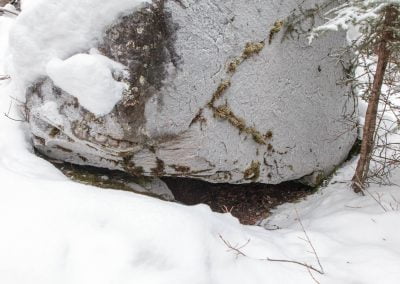
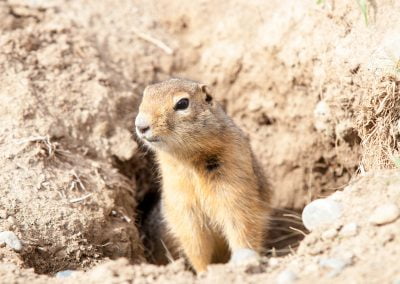
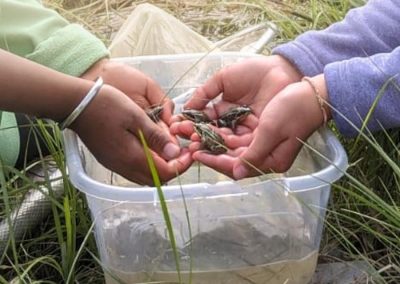
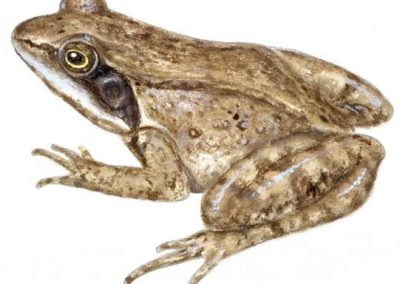
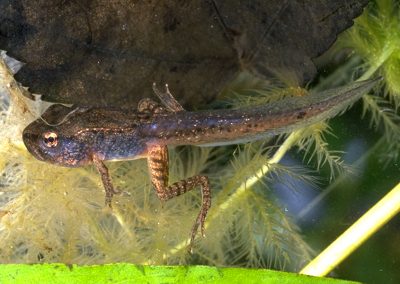
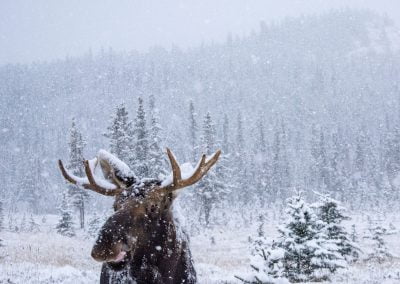
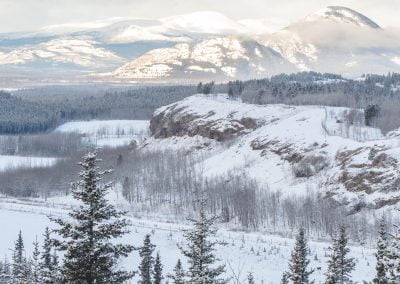
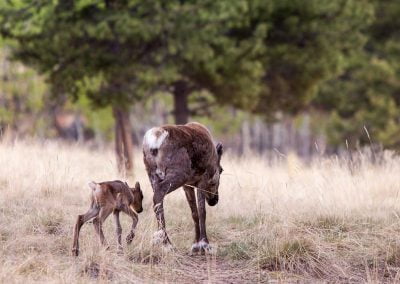


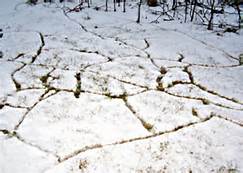
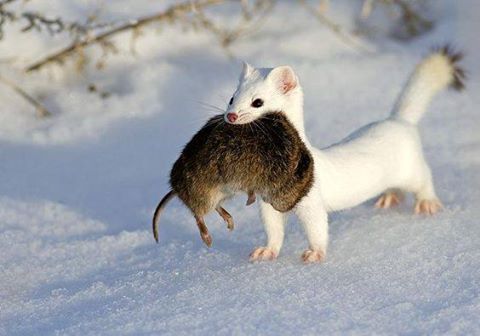
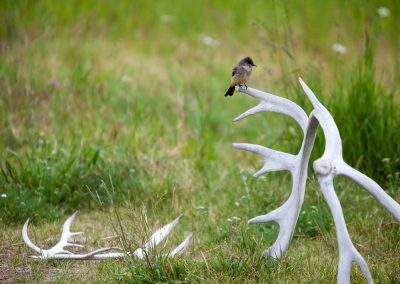
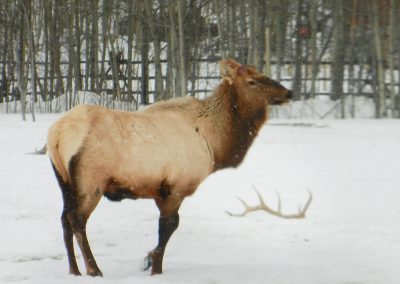
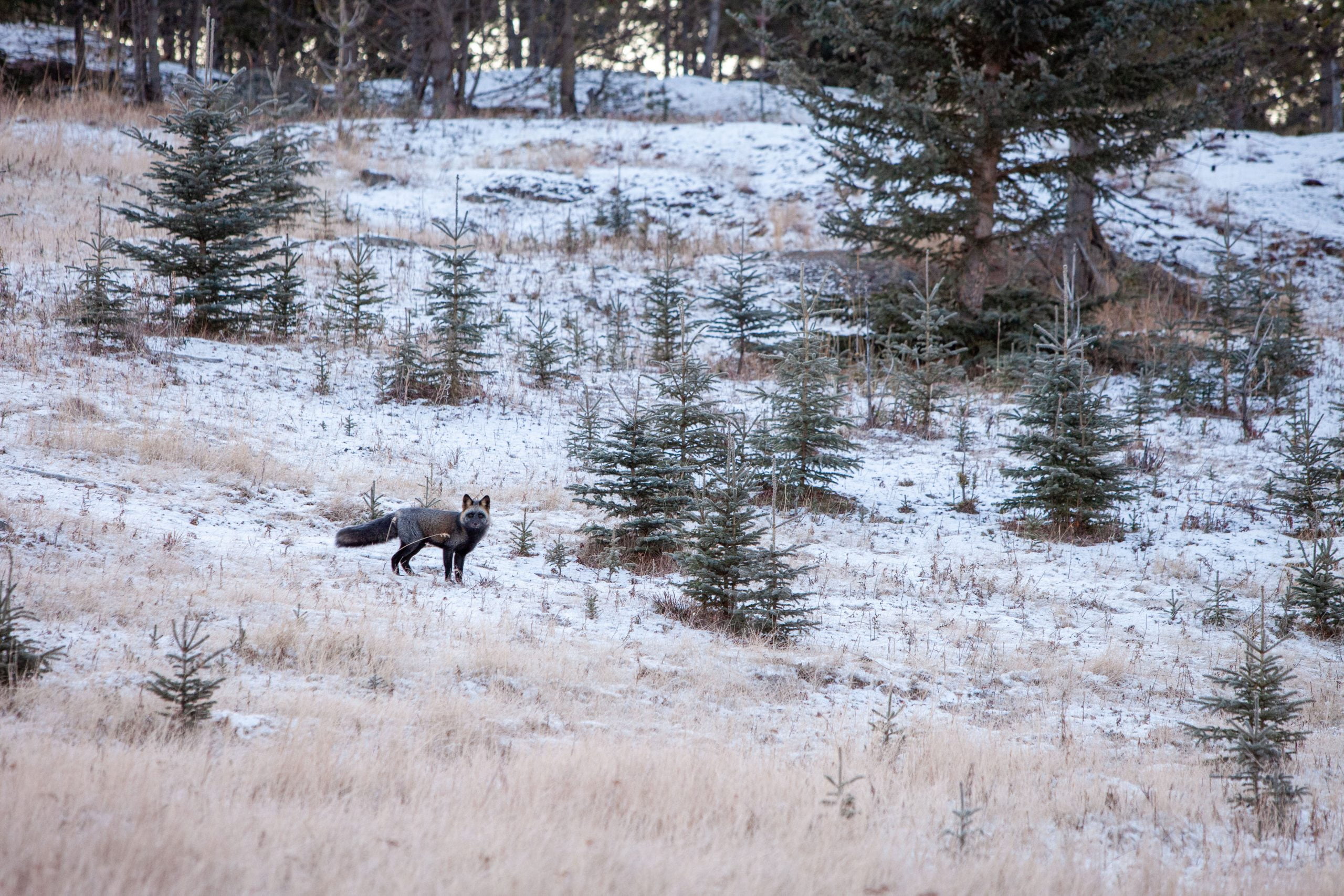
That was a fascinating article. I had no idea that wood frogs freeze over the winter – so interesting. Thank you.
Thanks for your kind words, Yukon’s smaller creatures have evolved some remarkable survival adaptations to help them endure the winter season.